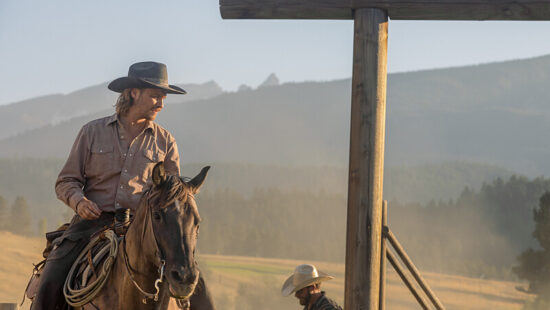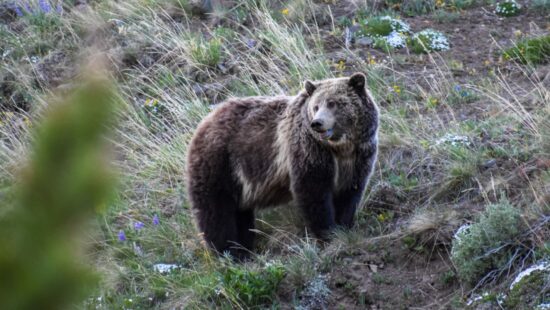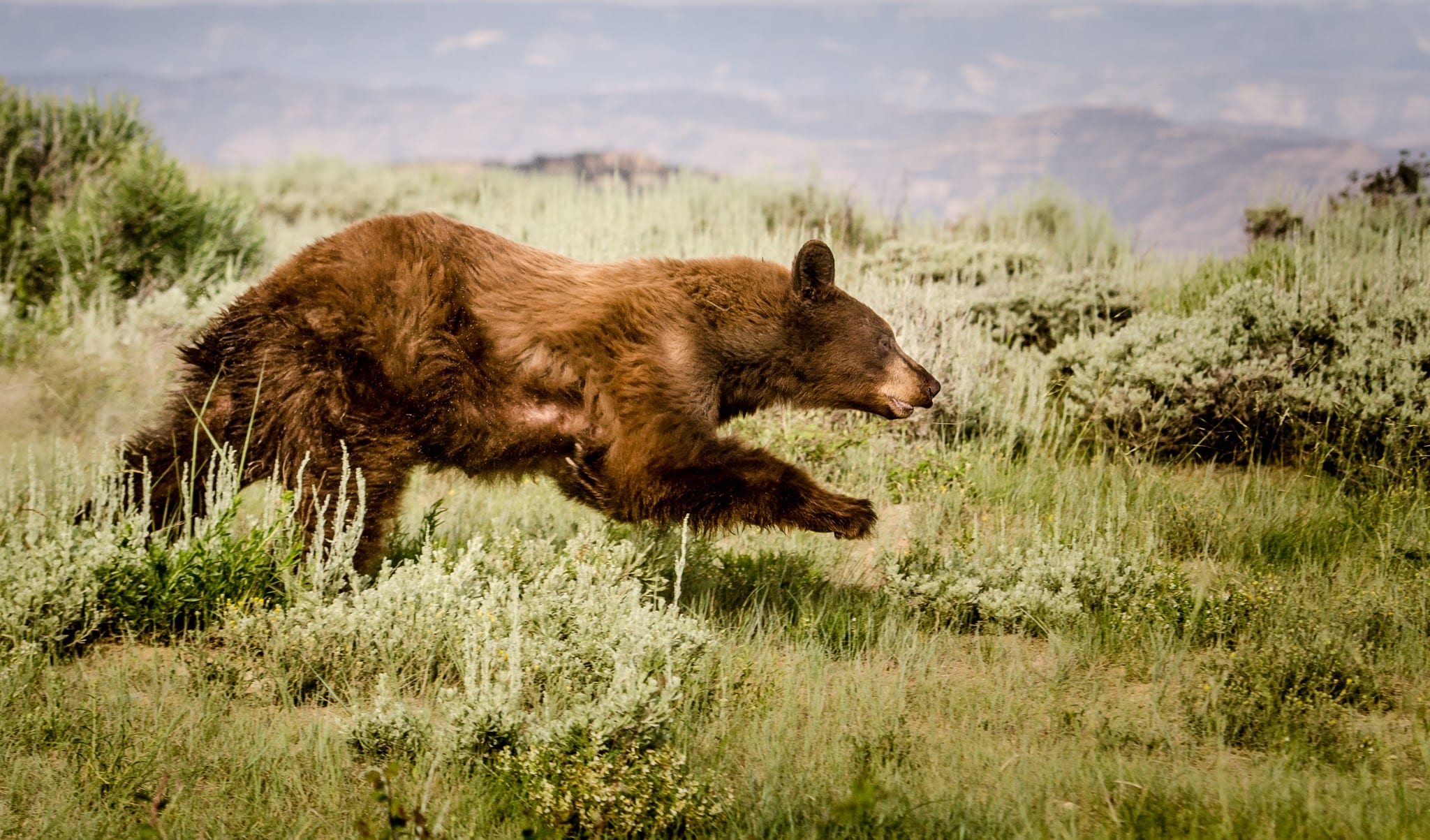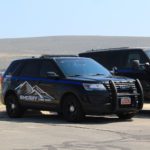Police & Fire
Authorities search for grizzly bear that killed woman near Yellowstone National Park
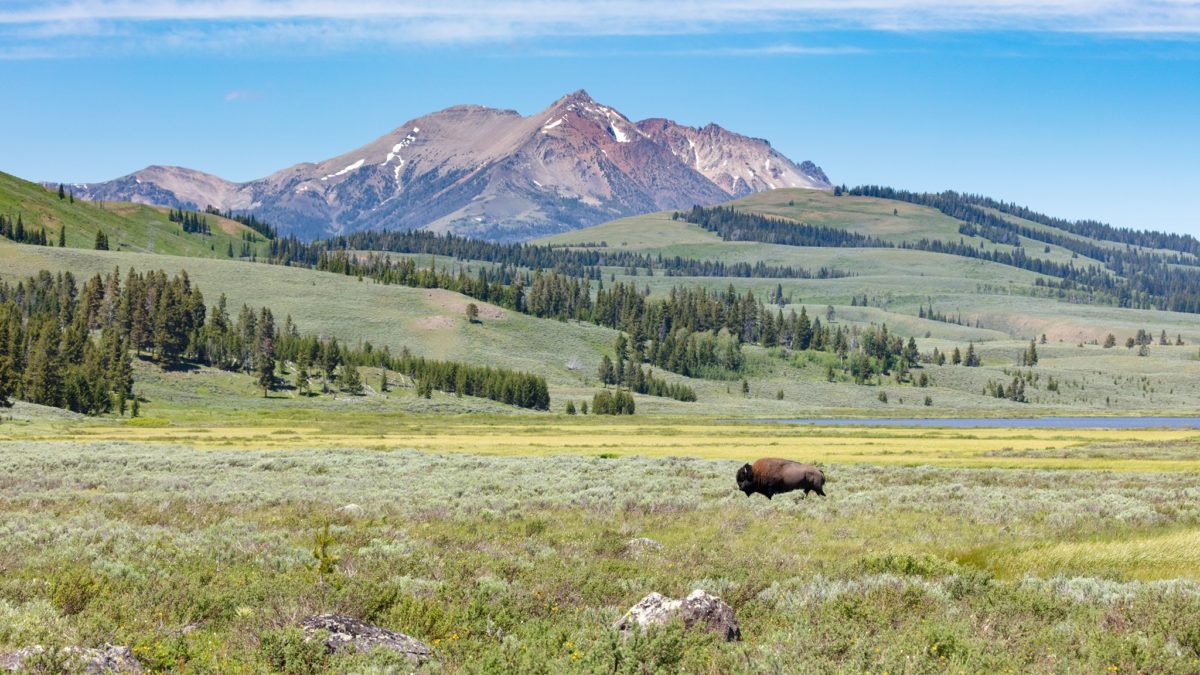
Photo: Yellowstone National Park
WEST YELLOWSTONE, Montana — Authorities searched Monday for a grizzly bear that attacked and killed a woman on a trail west of Yellowstone National Park near the Montana-Idaho border.
The victim’s body was found Saturday morning a few hundred yards (meters) from a trailhead and private campground. There was no sign that the bear, which was traveling with at least one cub, tried to eat the victim, who appears to have been jogging when she was fatally mauled, said Morgan Jacobsen with Montana Fish, Wildlife and Parks.
Authorities said the woman’s injuries were “consistent with a bear attack.” But they could not say for certain whether she was preyed upon or whether it was a chance encounter as she traveled alone in a wooded area frequented by grizzly and black bears.
A hiker found her body along the trail at around 8 a.m. Saturday, authorities said. The victim’s name has not been released. She was wearing running shoes and did not have bear spray, a deterrent that wildlife experts recommend people carry in areas frequented by bears, Jacobsen said.
“This person was likely out for a morning jog along the trail and that’s when this happened,” said Jacobsen.
Tracks of a grizzly bear and at least one cub were found at the scene of the attack, which occurred near the Buttermilk Trailhead 8 miles (13 kilometers) west of West Yellowstone, a busy summer tourist town and gateway to the national park.
The hiking trail also is used by people ATVs and other off-road vehicles.
Rangers issued an emergency closure for areas of the Custer Gallatin National Forest. It did not include Yellowstone National Park.
Local resident Bill Youngwirth said people in the area were aware of the mauling and the forest closure, but weren’t panicked over the attack due to speculation that it was a mother bear striking out defensively after being surprised when the victim came around a corner.
The attack happened about a mile (1.6 kilometers) from several vacation homes that Youngwirth rents adjacent to the forest.
“I tell everybody, ‘Better take bear spray and know how to use it,’” he said. “And the big thing is, don’t go alone.”
A trail camera captured an image of a grizzly bear with two cubs in the area on Saturday night. There have been no sightings since, Jacobsen said. Traps set for the bears on Saturday and Sunday nights came up empty, and attempts to locate the bears from an aircraft were unsuccessful.
Authorities had not decided if they would set traps again Monday night or decided whether they would kill or relocate the adult bear if it is captured, Jacobsen said.
As time goes by, he added, trapping becomes less effective as chances increase of catching a bear that wasn’t involved in the attack.
Grizzly bear populations in the northern U.S. Rocky Mountains grew significantly over the past several and the animals in recent years have been showing up in places they hadn’t been seen for generations. Since 2010, grizzlies in and around Yellowstone have killed at least nine people. Attacks remain relatively rare in the region, which draws several million tourists each summer.
A backcountry guide was killed near West Yellowstone two years ago when he was mauled by a large grizzly bear that wildlife officials said was probably defending a nearby moose carcass. And a hiker was killed north of Yellowstone park last year in a suspected grizzly encounter in a remote area of the Absaroka Mountains south of Livingston, Montana.
Encounters with humans can prove deadly for bears, too: A five-year-old female grizzly in Glacier National Park was euthanized last week after officials said it got used to eating food from campgrounds and was becoming increasingly aggressive.
Grizzlies are protected under federal law outside of Alaska. Elected officials in the Yellowstone region are pushing to lift protections and allow grizzly hunting.
State officials last week warned visitors and residents of grizzly bear sightings throughout the state, “particularly in areas between the Northern Continental Divide and the Greater Yellowstone ecosystems.”
They implored those camping and visiting parks to carry bear spray, store their food while outside and tend to their garbage.















